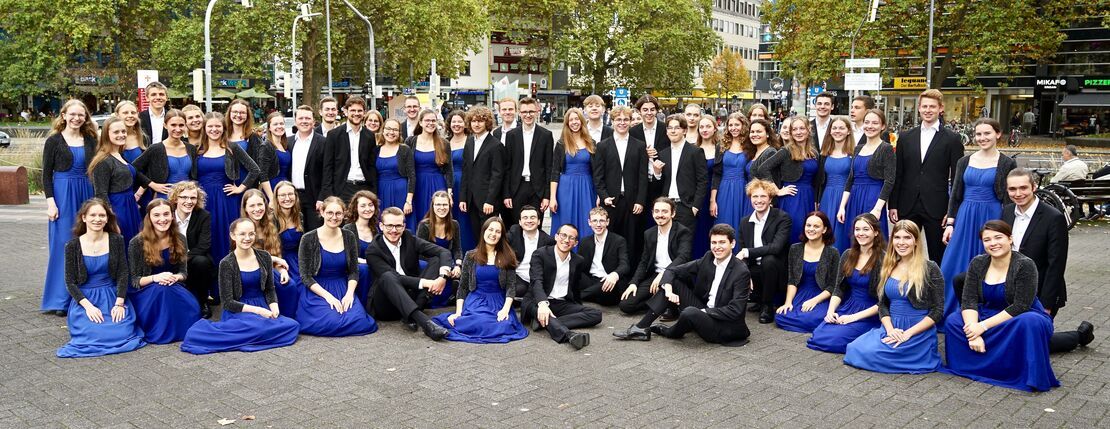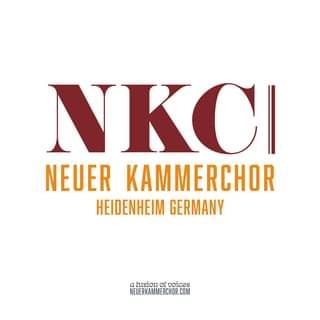
Neuer Kammerchor around the World
vakantio.de/neuerkammerchorgoesbrazil
Brazil Day 19 - More Impressions
प्रकाशित: 03.06.2016
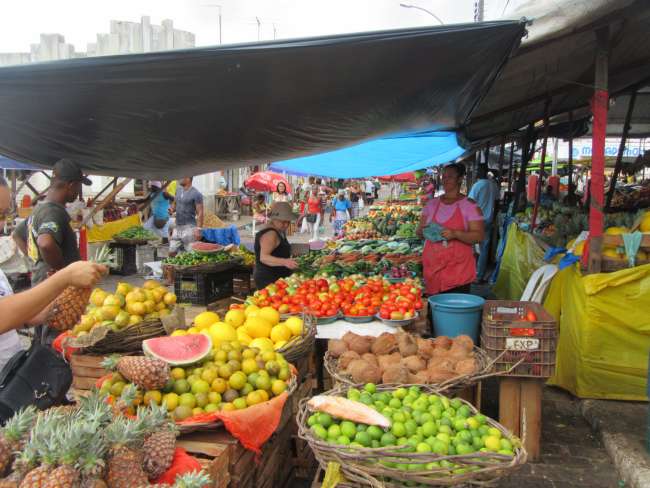
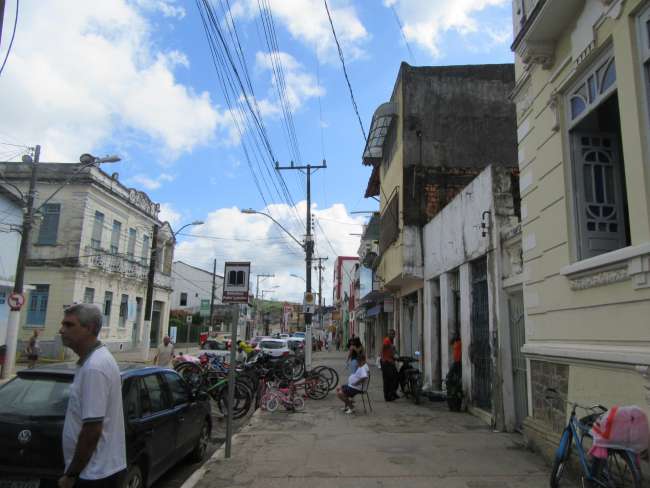
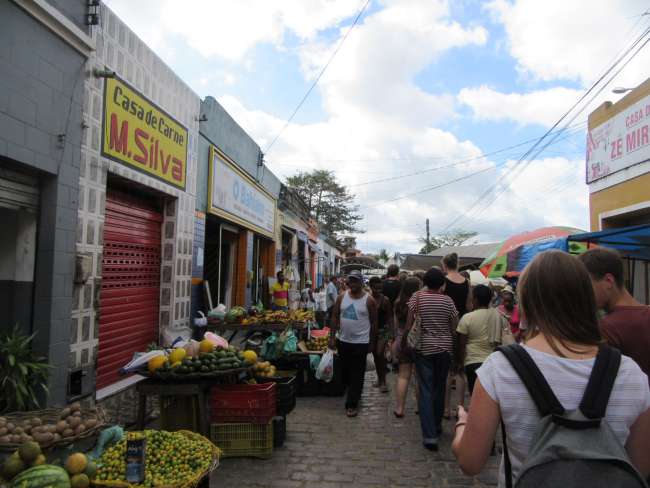
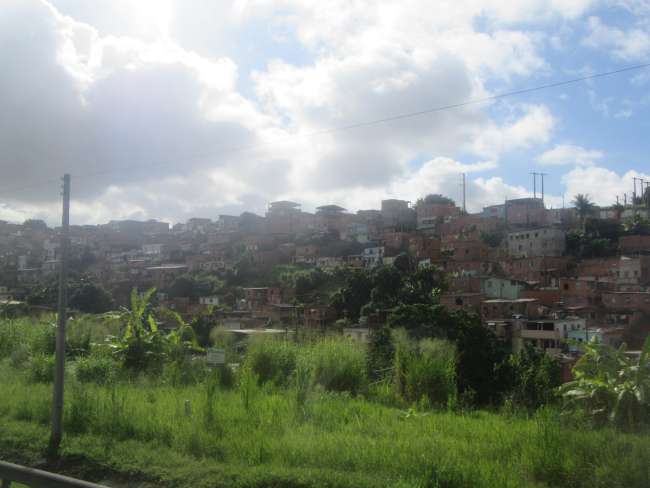
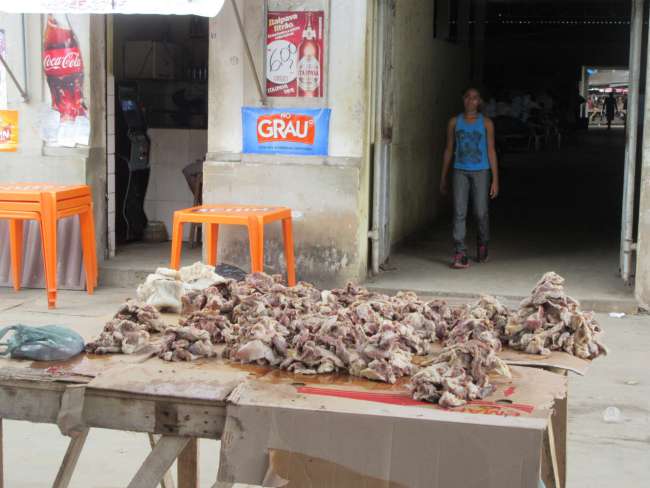
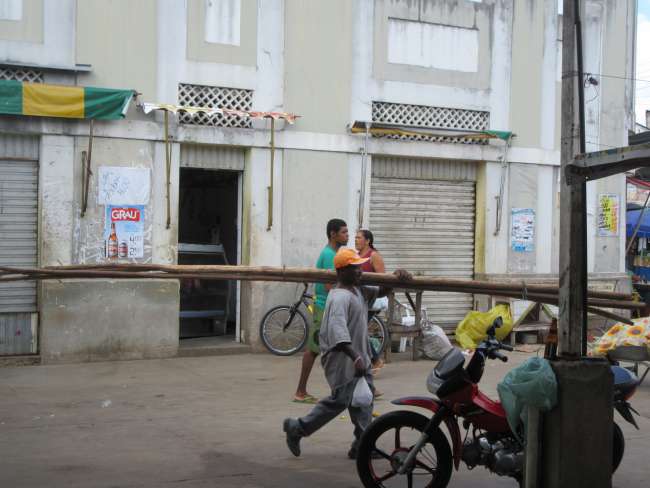
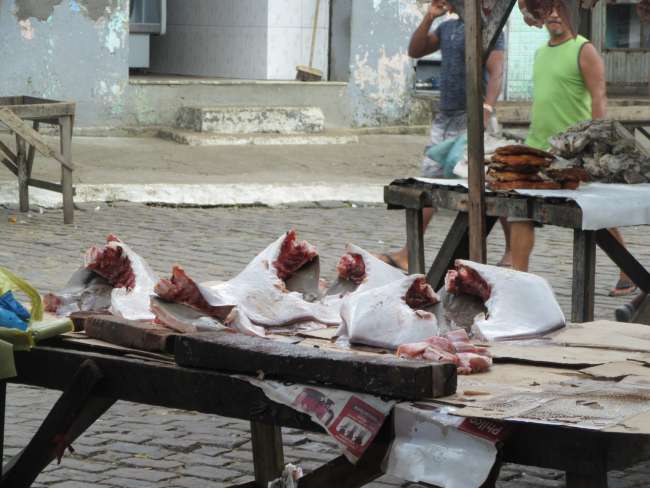
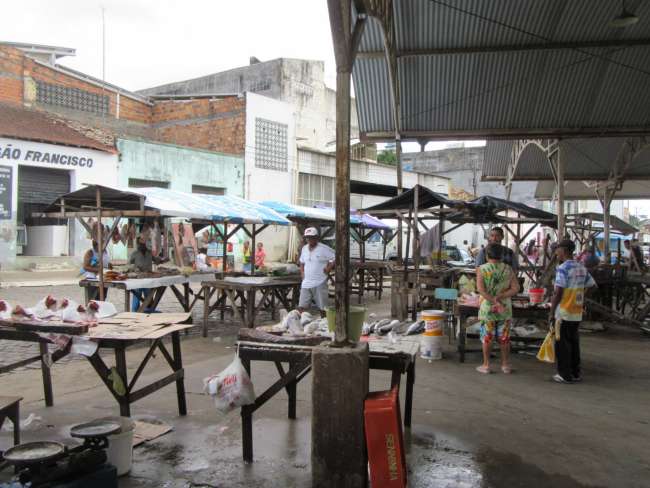
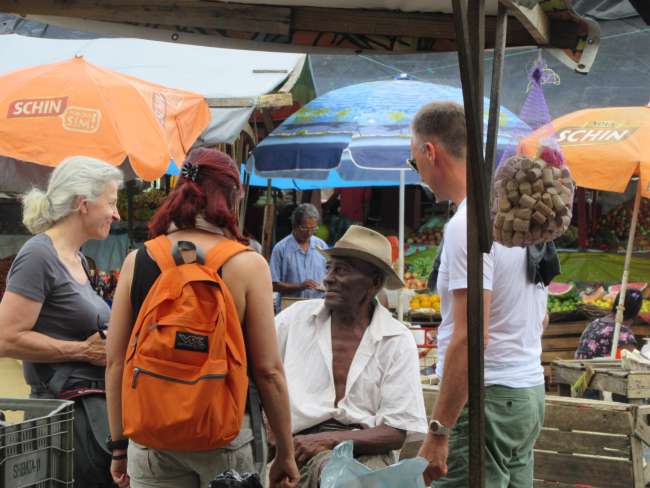
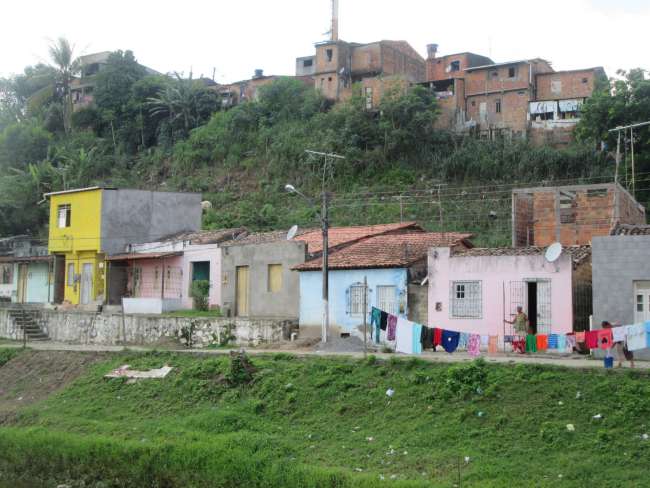
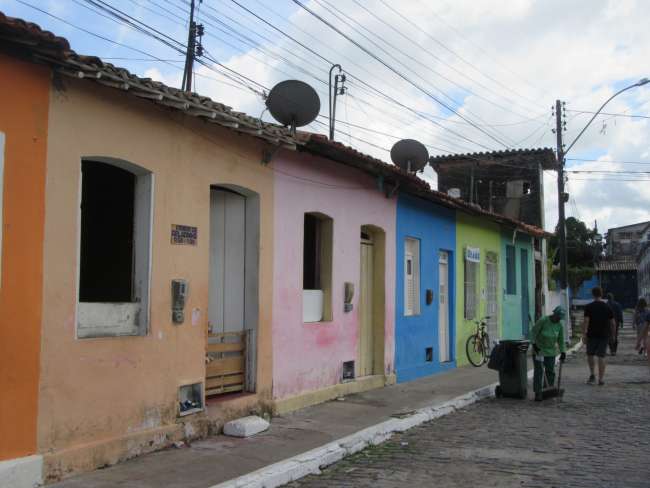
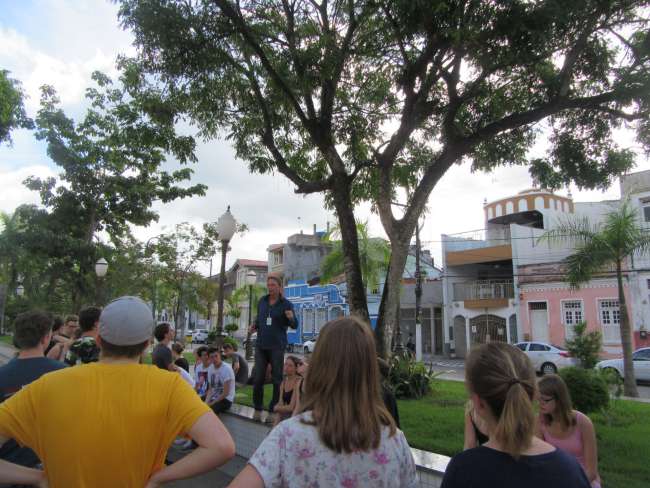
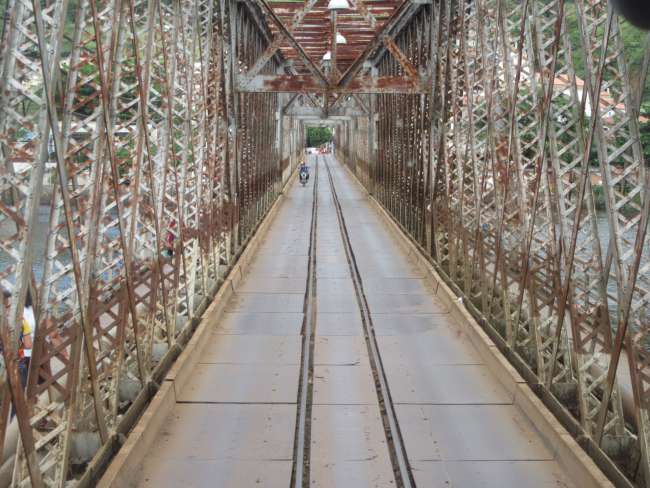
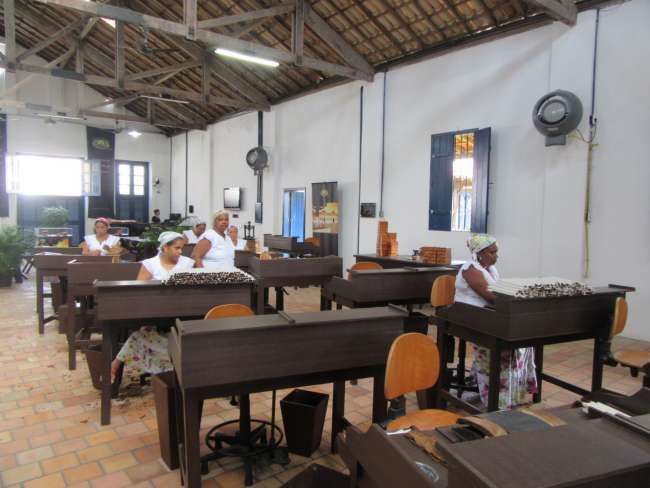
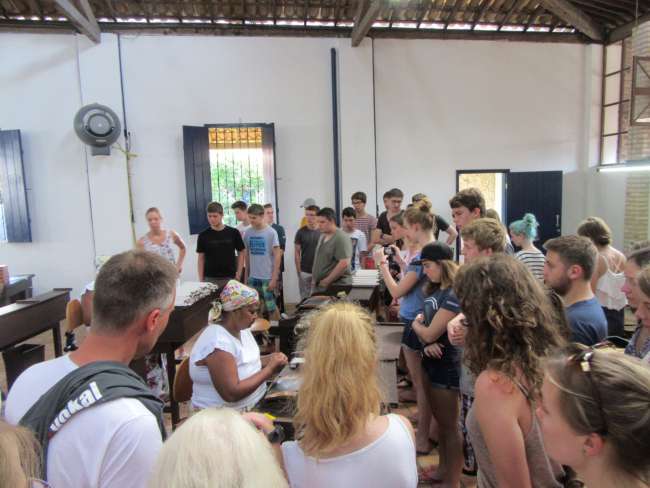
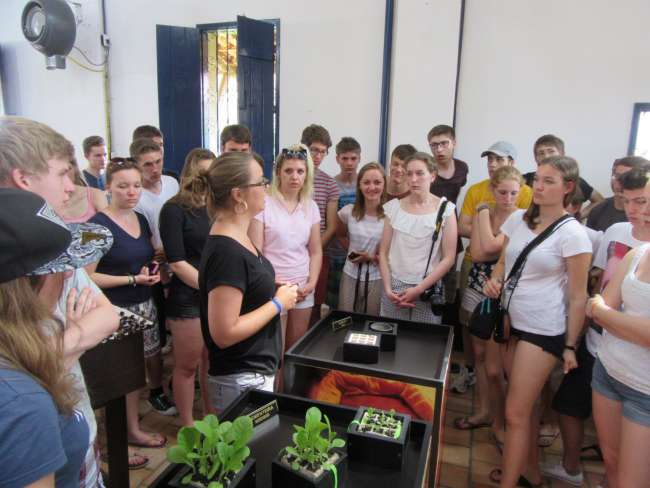
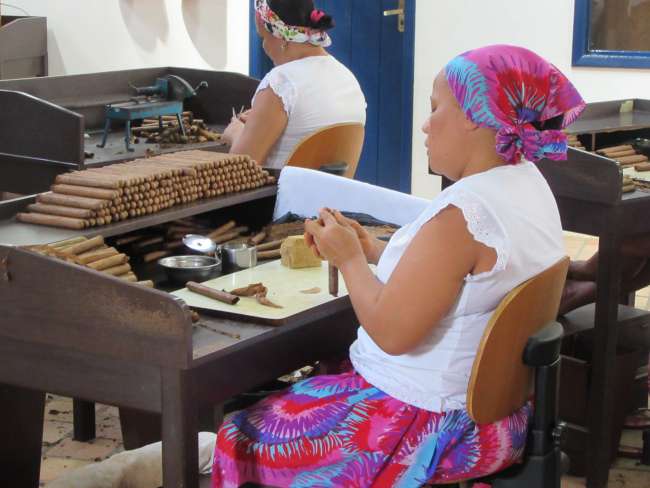
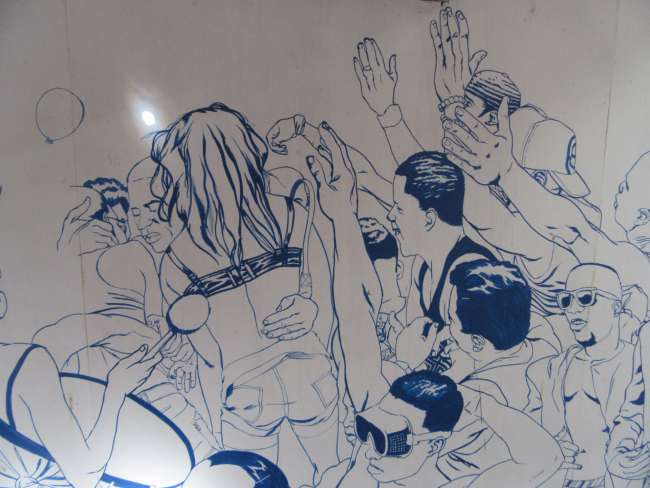
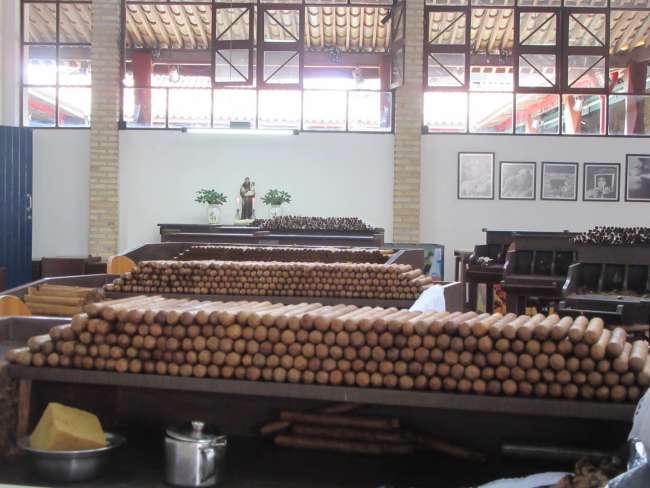
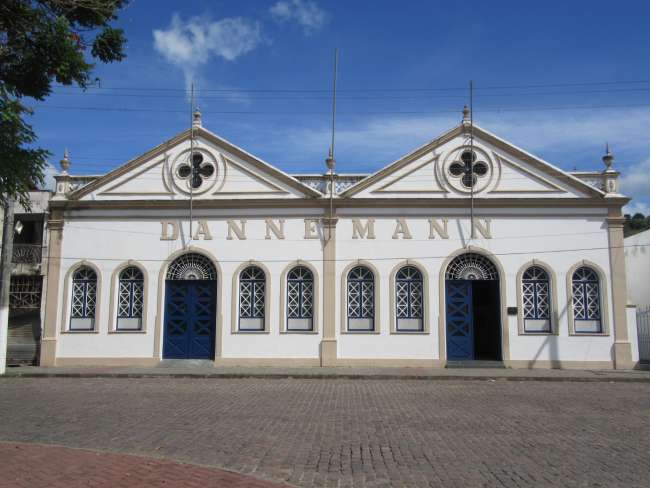
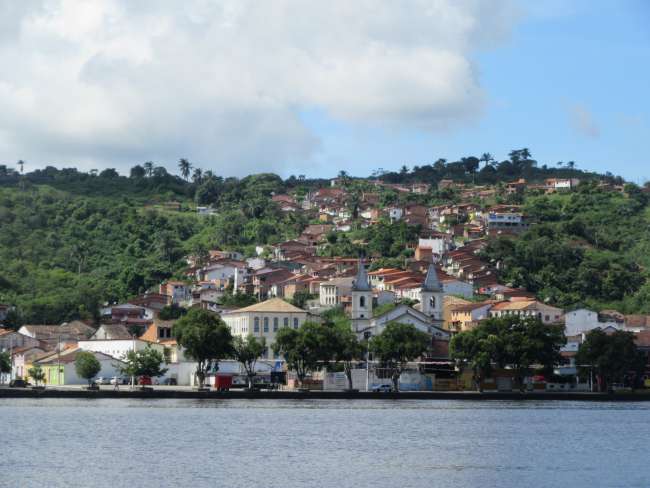
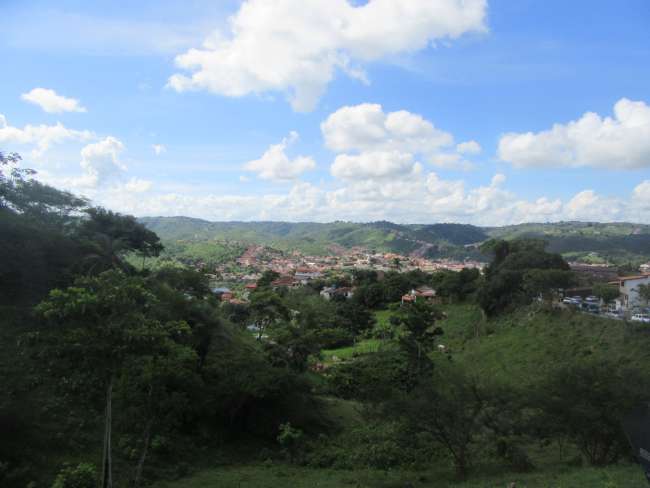
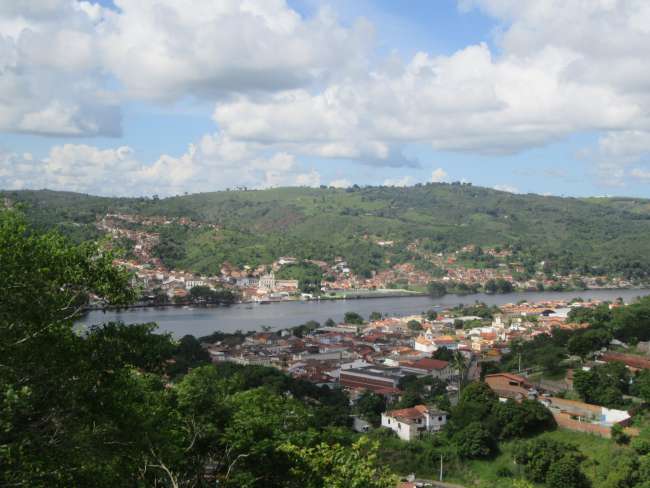
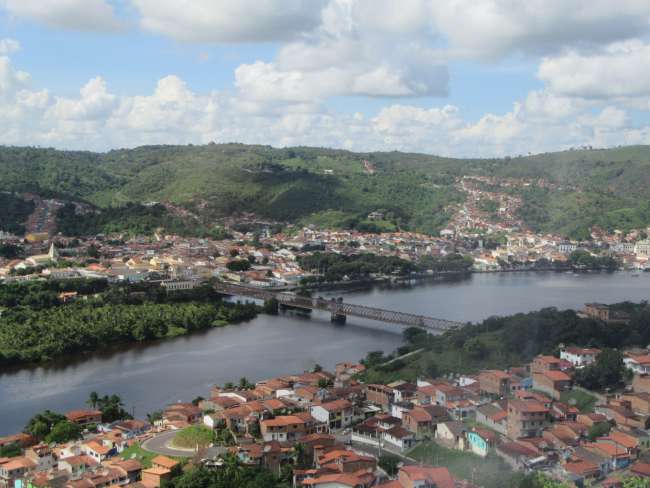
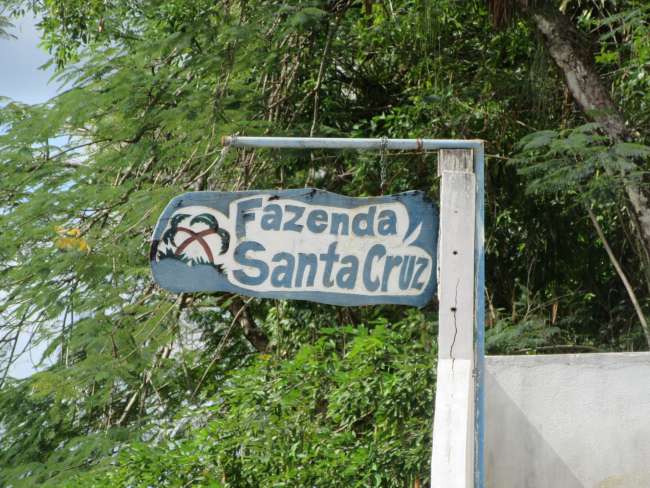
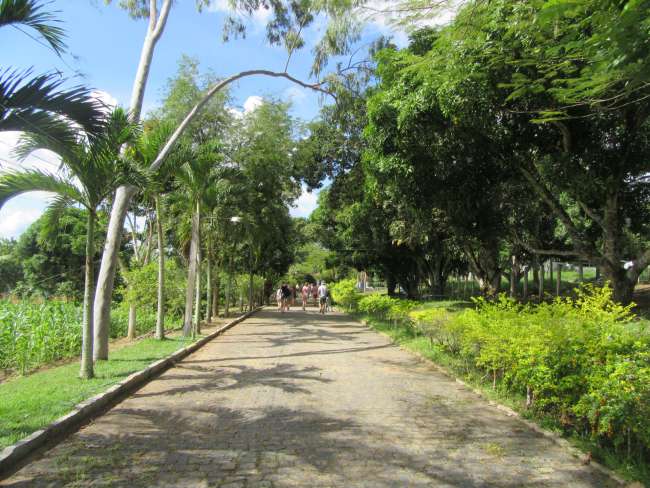
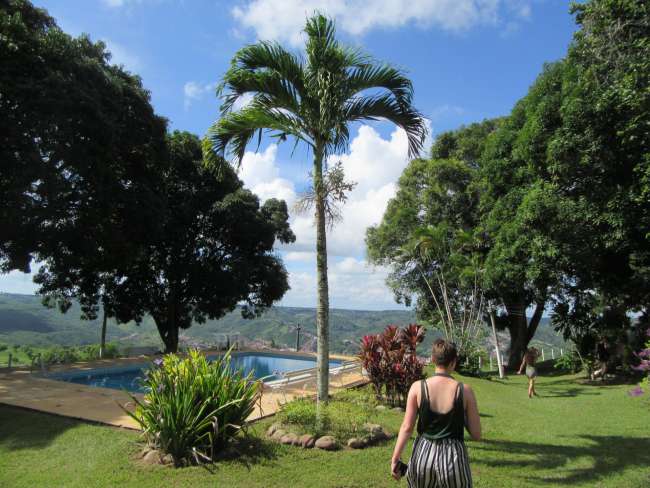
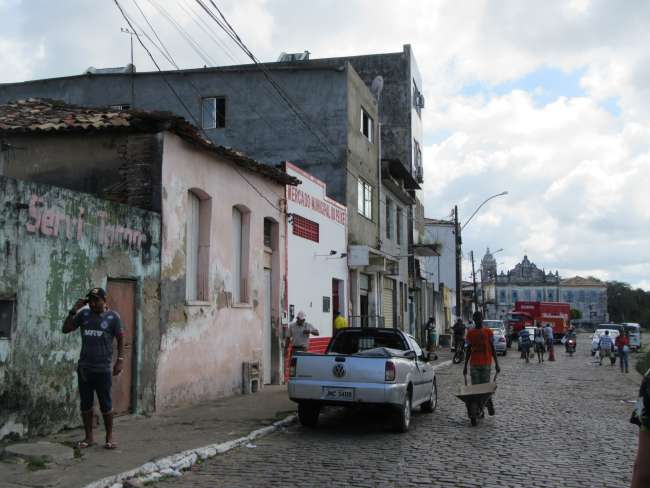
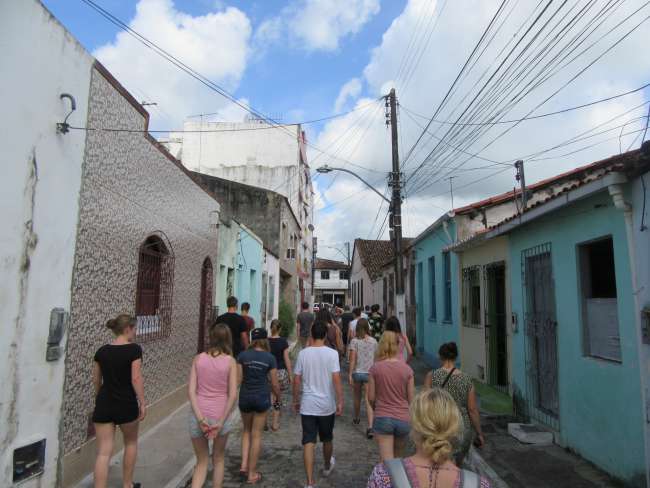
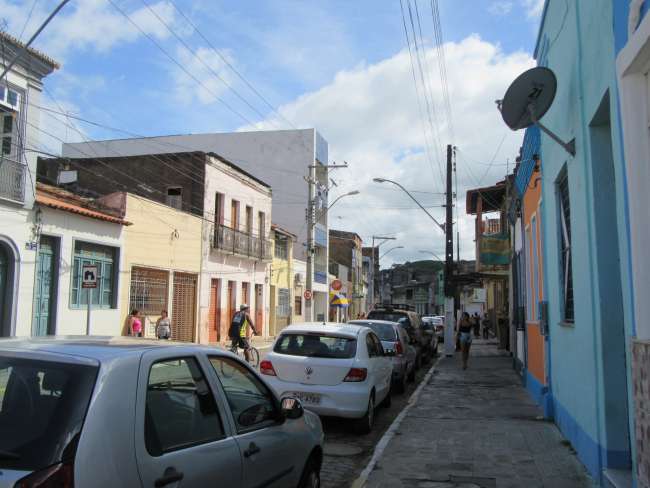
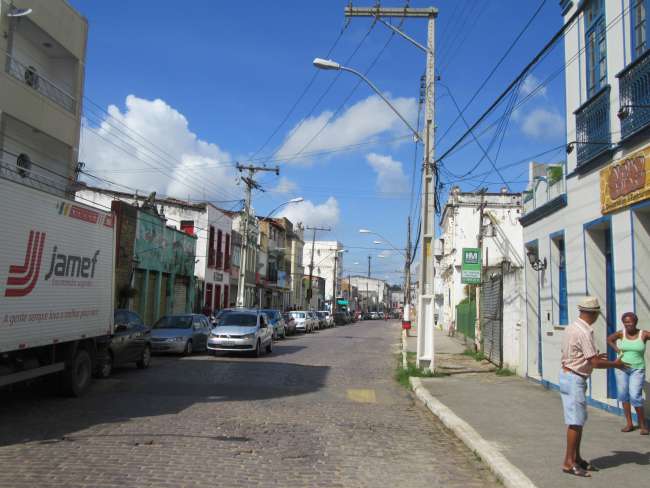
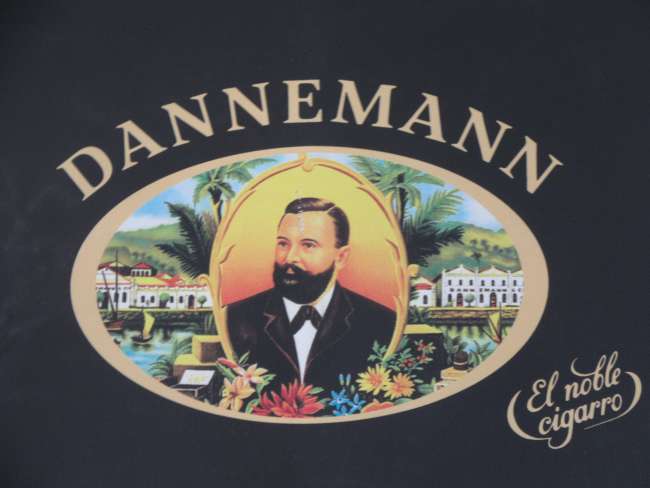
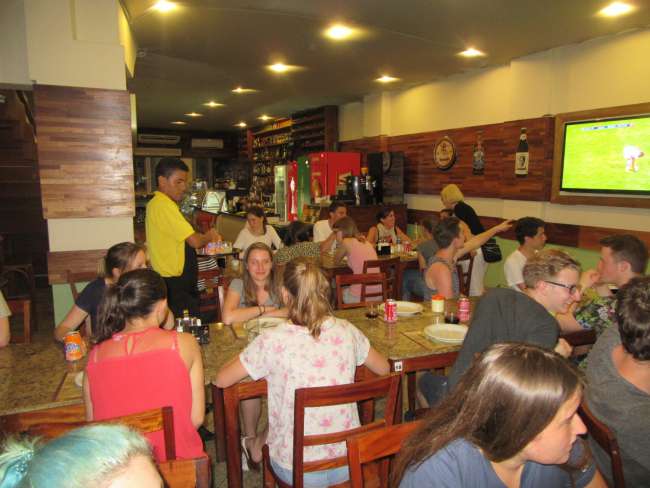
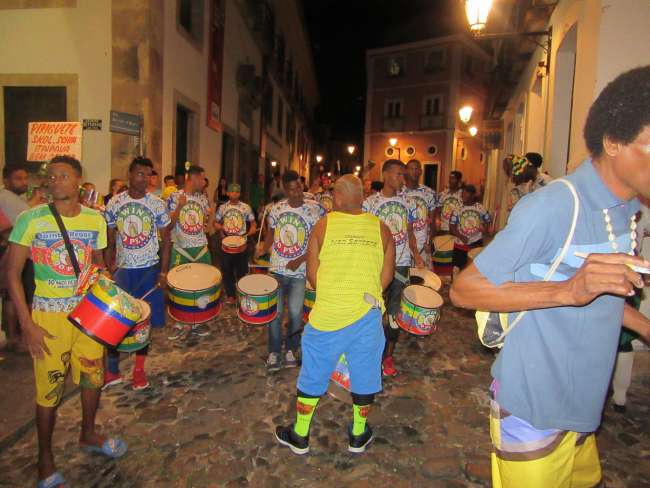
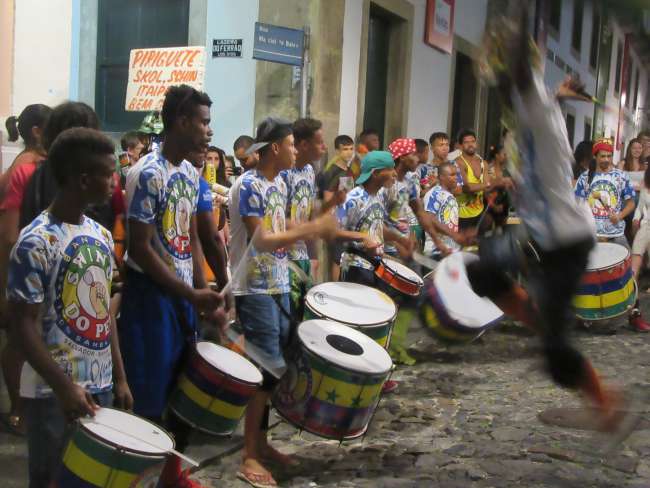
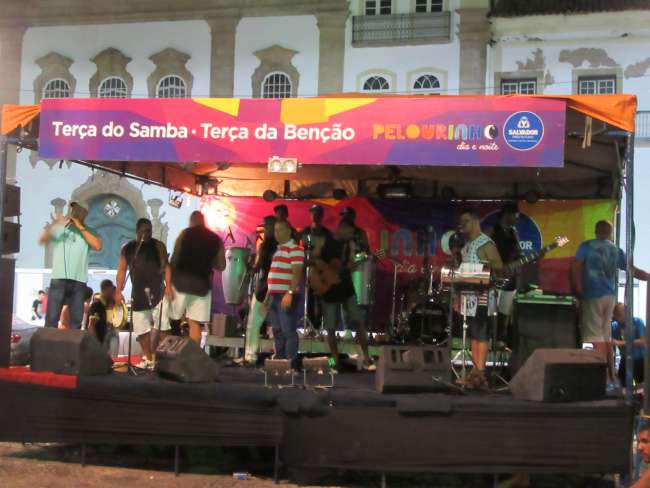
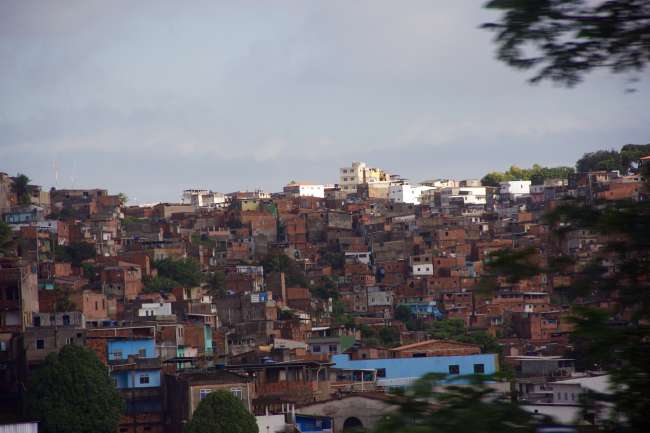
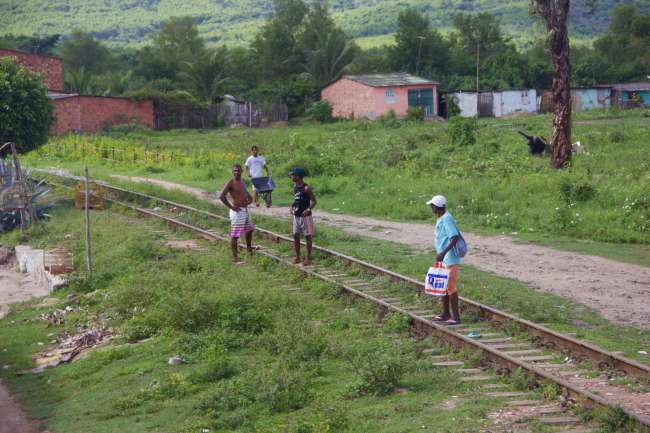
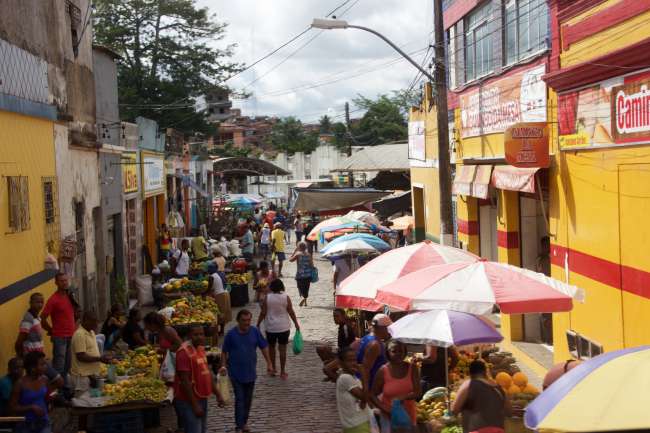
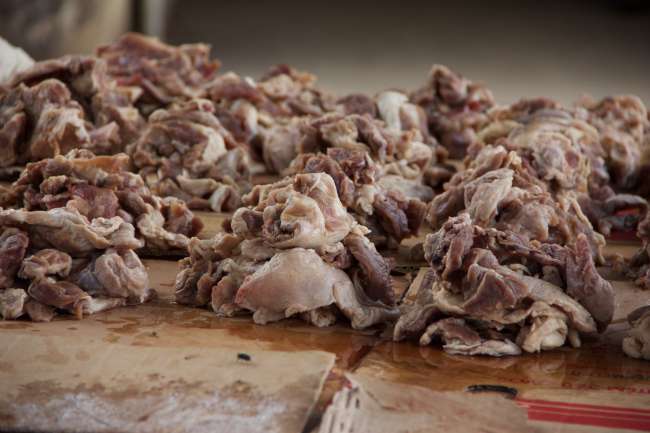
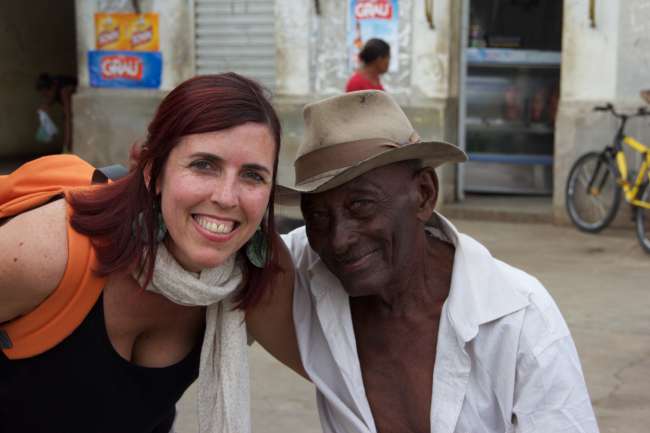
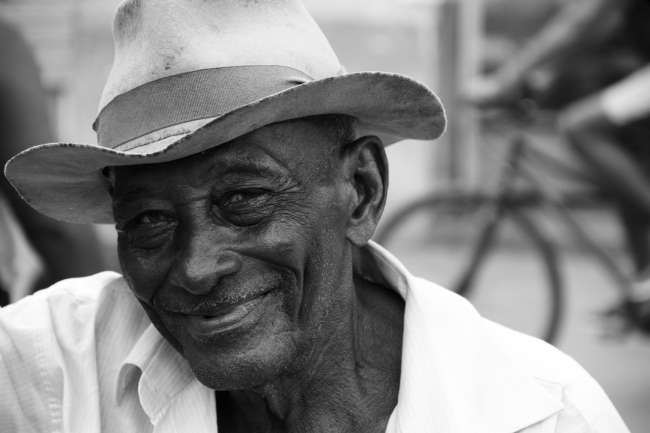
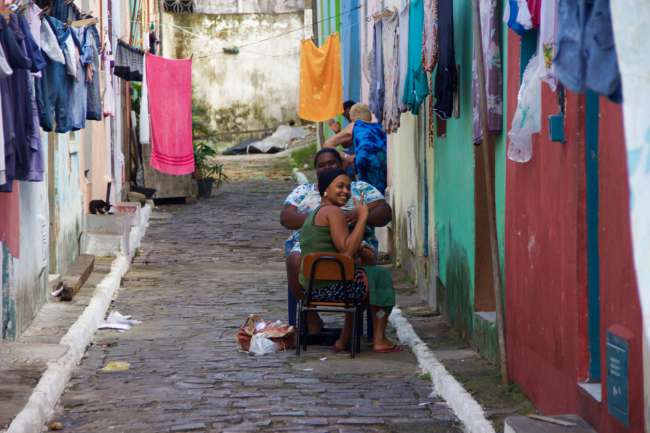
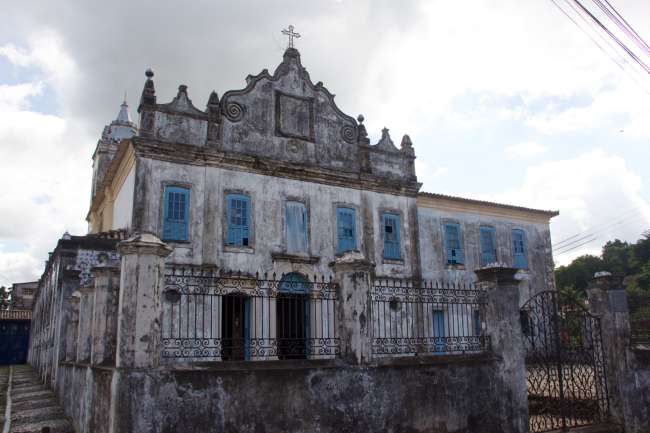
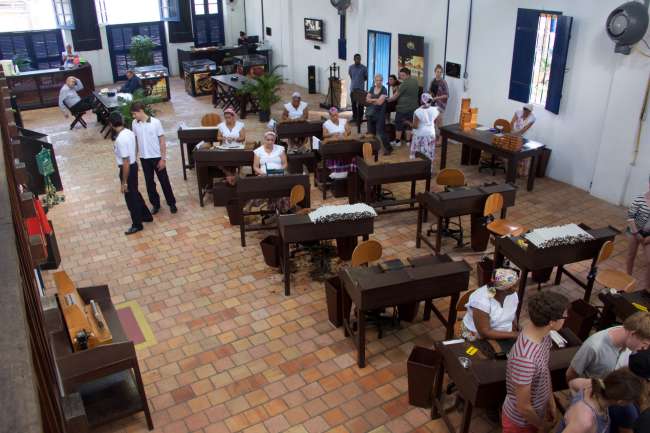
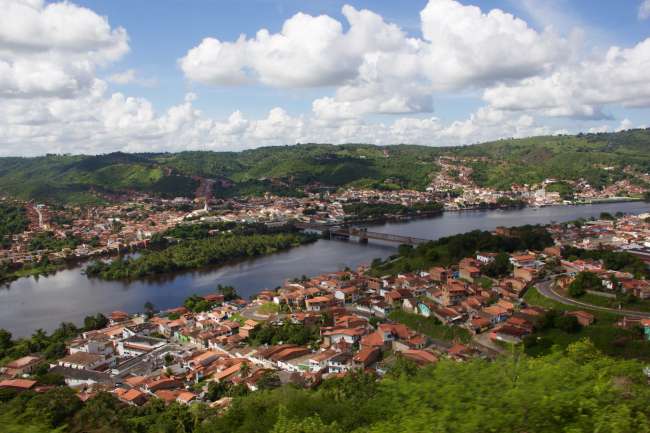
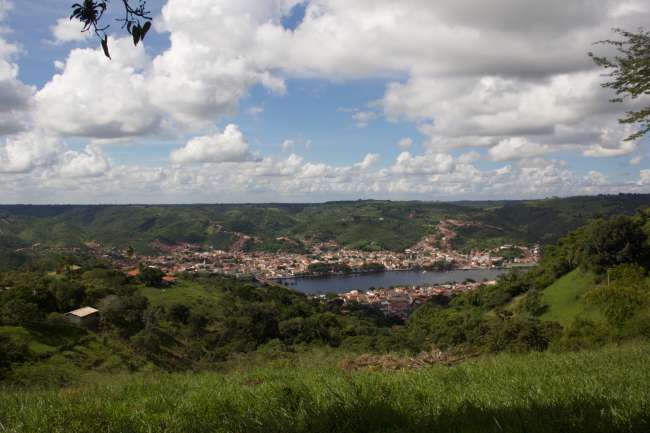
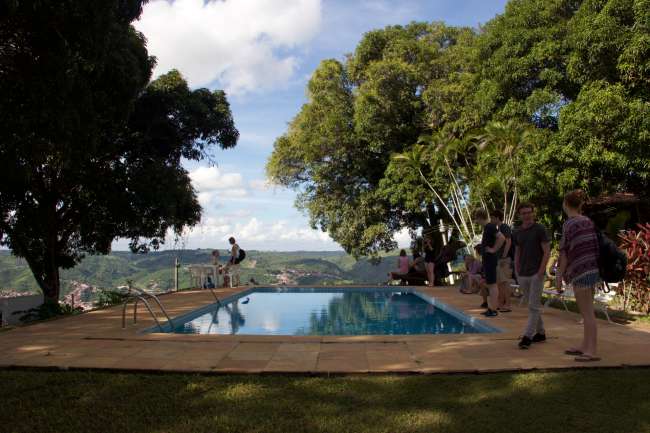
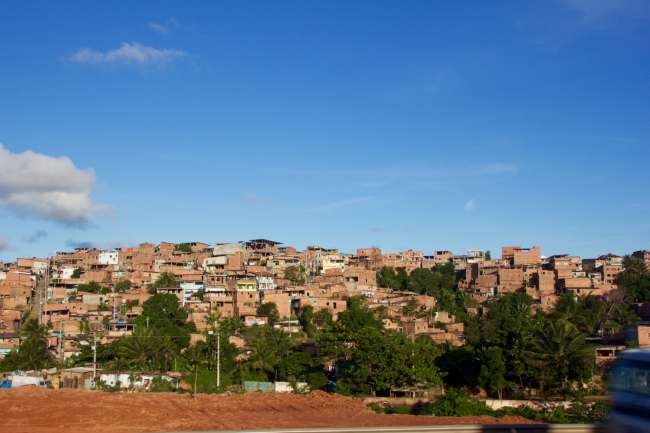
समाचार पत्रिका के लिए सदस्यता लें
On Tuesday, May 31, 2016, we set off early on a day trip inland. The first destination was the city of Santo Amaro, which translates to 'Bitter Saint' because the founder of this city boasted of completely wiping out five Indian villages in a short time. There, our guide Jürgen took us to a market that was probably one of the most extreme experiences we had in Brazil. A pungent smell hit us right at the beginning and became more intense as we ventured further into the market. Various types of fruit stacked in crates, buckets full of live crabs, and long rods with spices like garlic hanging from the stands... We finally stopped at a stand that sold black sausage and handmade cigars. However, some of us couldn't really concentrate on the stand and the conversations with its owner because they were too distracted by the surrounding stands. Meat and fish were sold there, and the sight was anything but pleasant. The food was laid out on dirty tables and cardboard mats, unrefrigerated at 30 degrees Celsius, and flies swarmed around them. While we were looking at the tobacco stand, Mr. Kammel, with the help of the interpreter Denise Demirhan, made acquaintances with an 86-year-old man sitting on a chair in the center of the market, observing the events around him. He said that he was perfectly healthy and would never eat anything from this market, as the vegetables and fruit are contaminated with chemicals, and it was clear to all of us why the meat was also bad... However, it was shocking for us to see how many people in Brazil go shopping at this and similar markets every day because they simply cannot afford 'good food'. We were quite relieved when we could finally leave the market behind us.
On the way to a church in Santo Amaro, Jürgen led us to a tree that practically gave Brazil its name. When the first Europeans came to Brazil, the locals called them 'Brasilieros' because they stole the wood from this tree to extract a red dye for the textile industry. The locals could not understand this theft and called them 'Brasilieros', meaning 'those who stole the wood'.
Then we continued by bus to Cachoeira, which means 'waterfall'. It used to be the trading center between the inland and Salvador. The wide river served as a trading route. Next to this river is the globally operating cigar factory 'Dannemann', known for its high-quality cigars. We were now allowed to take a look behind the scenes of this global company. It takes about two years for a cigar to be completed, from the growth of the plant to the fully dried and rolled cigar. 'Dannemann' has been based in Brazil since 1873 and produces everything by hand, which of course explains the high quality of the cigars. The harvest is also done by hand. In the company building, which we visited, there is a room where only about ten women work in shifts to roll the cigars according to a specific template. There are so few workers because they have to be very well trained, and 'Dannemann' only hires women who have been practicing this craft for a long time. The wrappers of the tobacco plants are the crowning glory of the cigar and give it the right flavor. The company 'Dannemann' uses two types of wrappers for its products. A lighter wrapper from China called 'Santo Antonio' and a dark one from Brazil called 'Brazil Bahia'. These two wrappers differ in taste: 'Santo Antonio' tastes slightly citrusy and 'Brazil Bahia' is rather sweet. They also take different amounts of time to dry. While some were busy buying cigars after the brief tour of the production process, others entered into a sponsorship for a tobacco plant.
Then we continued through narrow streets to have lunch at the Fazenda 'Santa Cruz', which perched above Cachoeira. We had a breathtaking view of the wooded slopes across and the city spreading out below us. The lunch was fantastic, and we set off back to Salvador, refreshed. After about two hours of driving, we finally reached our Pousada again and said our final goodbyes to the two buses and the four drivers who had safely taken us to our destination over the three weeks. Once again, a big thank you for that!!!
The conclusion of this eventful day consisted of a tasting, dinner at a good restaurant near our Pousada, and a little excursion to the old town. The party was in full swing there, and we had a great time. Especially the drum group with their sometimes very acrobatic choreographies and their super cool rhythms will probably stay in our memories forever!
समाचार पत्रिका के लिए सदस्यता लें
उत्तर
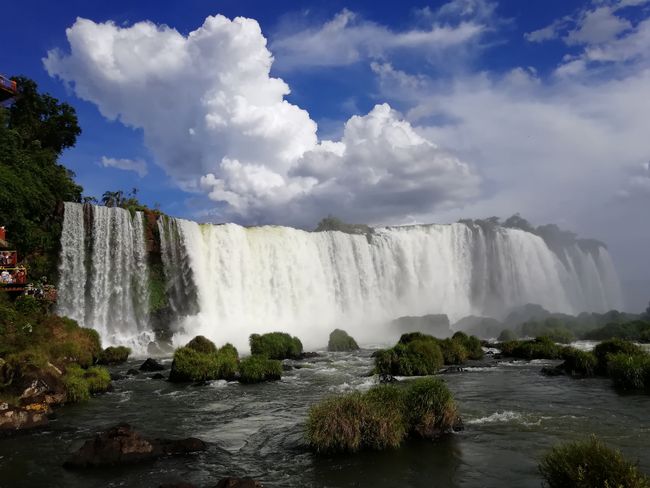
यात्रा रिपोर्ट ब्राज़िल
